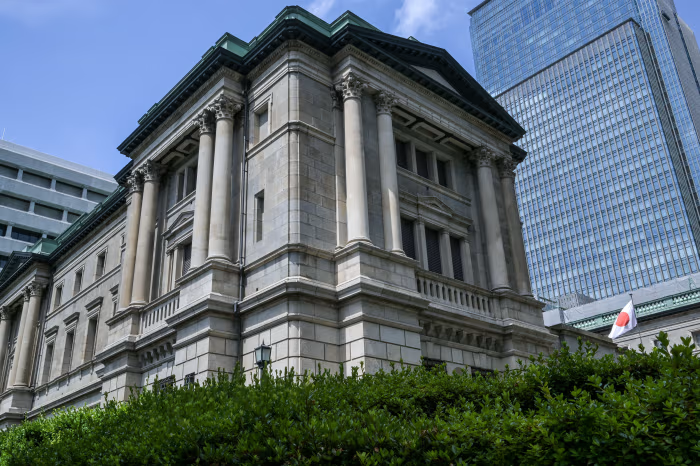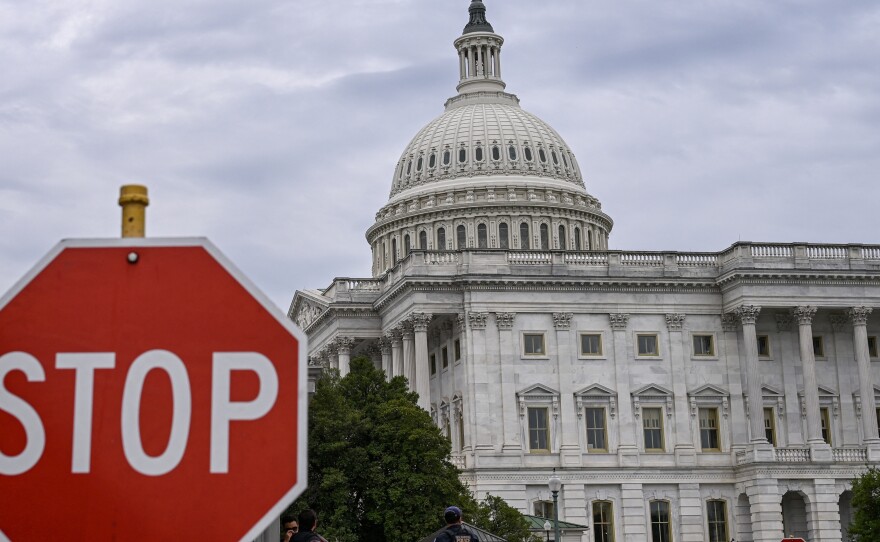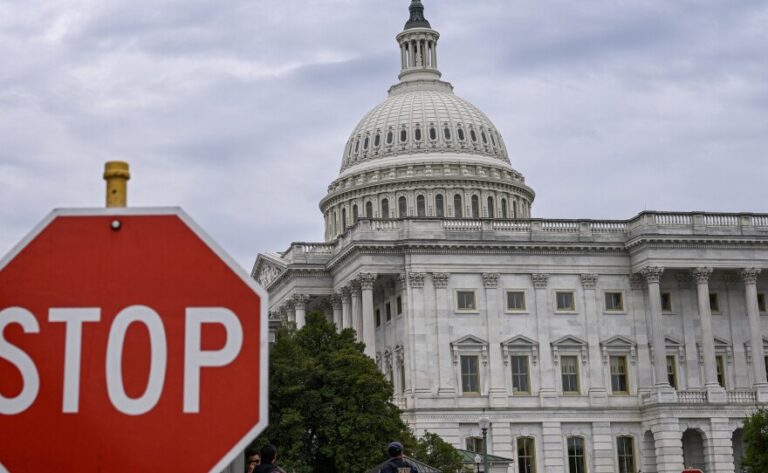The Bank of Japan has significantly raised its inflation forecasts in its latest monetary policy meeting, signaling growing confidence in the economy’s trajectory and fueling expectations for additional interest rate increases in 2025.
The central bank’s policy board now projects core consumer inflation, excluding volatile fresh food prices, to reach 2.7% in the fiscal year ending March 2026, up from a previous forecast of 2.2%. This upward revision underscores the BOJ’s confidence that inflation will remain sustainably anchored around its 2% target.
Key Developments in BOJ Policy
The BOJ’s evolving stance comes amid several significant developments:
- Historic Rate Hikes: In January 2025, the BOJ raised its policy rate to 0.5%, marking the highest level since 2008
- Sustained Inflation: Japan’s core consumer inflation accelerated to 3.0% in December, the fastest annual pace in 16 months
- Wage Growth Momentum: The central bank expects continued robust wage increases following last year’s 33-year high in salary negotiations
- Trade Agreement Relief: A recent U.S.-Japan trade deal has eased external uncertainties, clearing the path for potential further tightening
Economic Outlook and Growth Projections
The BOJ has also revised its economic growth forecasts upward, reflecting improved confidence in Japan’s economic resilience. The bank now expects the economy to grow 0.6% in the current fiscal year, up from a previously projected 0.5% expansion.
https://www.instagram.com/reel/DMtRFW-NWOV/
For subsequent years, the projections show steady growth:
- Fiscal year 2026-2027: 0.7% growth
- Fiscal year 2027-2028: 1.0% growth
Deputy Governor Ryozo Himino emphasized that it would “not be normal” for real interest rates to remain negative once Japan had overcome deflationary factors, signaling the bank’s commitment to policy normalization.
Market Response and Future Expectations
Financial markets have responded positively to the BOJ’s evolving stance. The Japanese yen has strengthened approximately 1.24% over recent trading sessions, while government bond yields have risen to reflect expectations of tighter monetary policy.
Market analysts predict the BOJ will implement at least one more 25 basis point rate hike in 2025, potentially bringing the policy rate to 0.75% or even 1.0% by year-end. This would mark a significant milestone in Japan’s journey away from decades of ultra-loose monetary policy.
Critical Factors Driving BOJ Confidence
Several key factors are underpinning the BOJ’s increased confidence in raising rates:
- Robust Wage Negotiations: Labor unions are pushing for wage increases exceeding last year’s 5.1% gain
- Persistent Inflation: Wholesale inflation remains steady at 3.8%, driven by elevated food and fuel costs
- Currency Considerations: The yen’s recent weakness has added to import price pressures
- Corporate Health: Industrial production rose 1.7% in recent months, indicating business resilience
Challenges and Uncertainties Ahead
Despite the optimistic outlook, the BOJ faces several challenges that could influence its policy trajectory. The central bank remains vigilant about potential impacts from U.S. economic policies under the Trump administration and their effects on global financial markets.
Additionally, domestic political instability following recent election results has emerged as a concern, though economists believe this may actually reinforce the BOJ’s resolve to address rising living costs through appropriate monetary policy.
Looking Forward: The Path to Normalization
The BOJ’s raised price forecasts represent a crucial step in Japan’s monetary policy normalization journey. With inflation expectations firmly anchored and wage growth momentum building, the central bank appears increasingly confident in its ability to achieve sustainable price stability.
As Japan continues to emerge from decades of deflation and ultra-loose monetary policy, the BOJ’s careful calibration of its policy stance will remain critical for maintaining economic stability while supporting sustainable growth and price dynamics.














